RadioHound Version 3 Preparing for Release
February 11, 2019As one of the Wireless Institute’s flagship projects, the RadioHound System is evolving – version 3 will be released later this spring. This version is unique in that it’s being designed and implemented predominantly by a team of graduate students. Leading the charge for the graduate students is Arash Ebadi Shahrivar. Rounding out his team are Nikolaus Kleber, Abbas Termos, who both assisted on versions 1 and 2, Lihua Wan, a second-year graduate student who provided a limited role on version 2, and Xiang Bo, a first-year graduate student.
Shahrivar said there were two primary objectives when designing this new version: first – reduce power consumption and size by 30%; second – increase capture bandwidth from 2 MHz to 20 MHz. These are to be achieved without increasing its cost. “The only way we were able to accomplish our goals,” commented Shahrivar, “Is that we have a great team, where each student offers a unique skill set that when combined as a team provides the capability to create an entire operating system.” Scott Null, a professional software developer, is assisting in the database and software development.
The RadioHound project was conceptualized and designed by Wireless Institute faculty members Bert Hochwald, J. Nicholas Laneman, Aaron Striegel, and Jonathan Chisum. RadioHound is a low-cost, pervasive, persistent spectrum sensor suitable for mobile deployments. It senses the entire spectrum from 25 MHz to 6 GHz and overlays a “spectrum heatmap” onto its geographic area of deployment.
Team member Wan was excited about learning more about the hardware components of the RadioHound Sensor. Her role in version 2 was limited to debugging the boards and testing. “I was eager to learn more and take on new tasks with version 3”. She is leading the development of the all-important onboard reference oscillator.
Lead investigator Bert Hochwald says: “It’s very gratifying to have such a large amount of graduate and undergraduate student involvement in this ongoing project. The fact that the most-senior graduate students can lead a project of this complexity shows the effectiveness of the graduate experience at Notre Dame and the Wireless Institute. I serve merely as an advisor, the students are designing and fabricating the hardware and software.”

